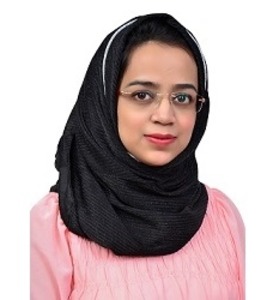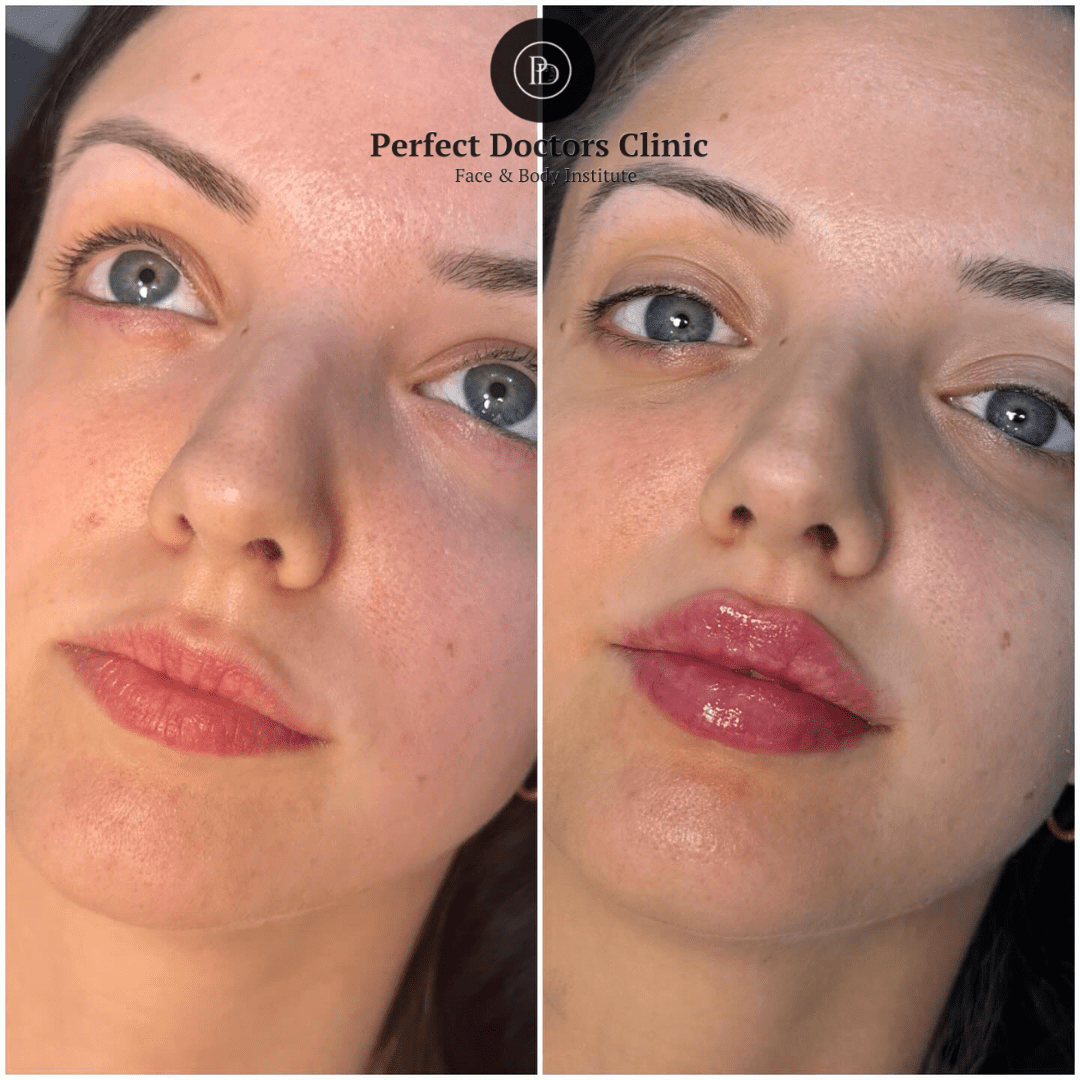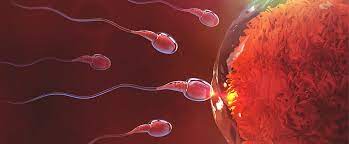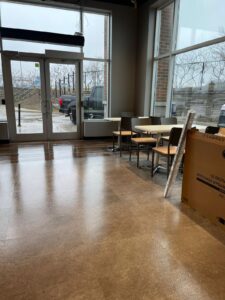Beard Transplant 101: Is it the Right Solution for Your Facial Hair?
A well-groomed, thick beard is often considered a symbol of masculinity and style. However, not everyone is naturally blessed with a full beard. Patchy growth, genetic factors, hormonal imbalances, or scarring can affect facial hair density, leading many men to explore beard transplant procedures. If you’re considering a beard transplant and looking for expert guidance, a dermatologist in Roorkee, such as Dr. Hera Tabassum, can provide valuable insights into the process, benefits, and long-term results of the procedure.
What is a Beard Transplant?
A beard transplant is a cosmetic procedure that involves transplanting hair follicles from one part of the body (usually the scalp) to the beard area. This helps men achieve a fuller, more even facial hair appearance. It is a popular option for those who struggle with sparse or patchy beard growth due to genetics, alopecia, burns, or surgical scars.
There are two primary techniques used in a beard transplant:
- Follicular Unit Extraction (FUE) – This method involves extracting individual hair follicles from the donor area and implanting them into the beard region. It is a minimally invasive technique with a quicker recovery time.
- Follicular Unit Transplantation (FUT) – This technique involves removing a strip of skin containing hair follicles from the donor area, which is then divided into grafts and implanted into the beard. While effective, FUT leaves a linear scar and has a longer healing period.
A skilled dermatologist in Roorkee like Dr. Hera Tabassum can help determine which technique is best suited for your hair type, skin condition, and aesthetic goals.
Who is a Good Candidate for a Beard Transplant?
A beard transplant is ideal for men who:
Have patchy or uneven beard growth.
Have scars that prevent hair growth in specific areas.
Have lost facial hair due to medical conditions or previous surgeries.
Want a more defined or thicker beard.
Are in good health and have sufficient donor hair on the scalp.
Before undergoing the procedure, it is essential to consult an experienced dermatologist in Roorkee, such as Dr. Hera Tabassum, to assess your eligibility and discuss realistic expectations.
The Beard Transplant Procedure: What to Expect
Pre-Procedure Consultation
Your journey begins with a consultation where the doctor evaluates your facial hair pattern, donor hair availability, and skin condition. Dr. Hera Tabassum, a trusted dermatologist in Roorkee, will discuss your desired beard shape and density to ensure the best aesthetic outcome.
Procedure Day
Preparation: The donor area (usually the back of the head) is trimmed, and local anaesthesia is applied to ensure a painless experience.
Extraction: Hair follicles are carefully harvested using the FUE or FUT method.
Implantation: The extracted follicles are meticulously implanted into the beard region following the natural hair growth pattern.
Duration: The entire procedure takes 4-8 hours, depending on the number of grafts required.
Recovery and Post-Procedure Care
Following a beard transplant, proper aftercare is essential for optimal results. Here’s what to expect during the healing process:
Mild Swelling and Redness: This is normal and usually subsides within a few days.
Tiny Scabs: The transplanted area will have small scabs that fall off within a week.
Avoid Touching the Area: Refrain from scratching or rubbing the transplanted region.
Follow Medication Guidelines: Your dermatologist in Roorkee, such as Dr. Hera Tabassum, may prescribe antibiotics or pain relievers to prevent infection and discomfort.
Shaving and Grooming: Avoid shaving for at least two weeks to allow the transplanted follicles to settle.
Full results take several months, as transplanted hair initially sheds before regrowing naturally.
Benefits of a Beard Transplant
Permanent and Natural-Looking Results: The transplanted hair blends seamlessly with existing facial hair.
Boosted Confidence: A fuller beard enhances facial aesthetics and self-esteem.
Minimal Downtime: Most patients resume daily activities within a few days.
Scar-Free Technique (FUE): With the FUE method, scarring is virtually undetectable.
Are There Any Risks?
While beard transplants are generally safe, potential risks include:
Temporary redness, swelling, or itching.
Minor scarring in the donor area.
Uneven growth in rare cases.
Infection (which can be avoided with proper aftercare).
Consulting an experienced dermatologist in Roorkee, like Dr. Hera Tabassum, ensures that you receive expert guidance and a safe, effective procedure.
How to Choose the Right Specialist for a Beard Transplant?
Selecting a qualified and experienced professional is crucial for a successful beard transplant. Consider the following factors:
Expertise in Hair Transplants: Look for a doctor with specialized experience in hair restoration techniques.
Patient Reviews and Testimonials: Check online reviews and before-after photos.
Advanced Technology: A well-equipped clinic with modern tools ensures better precision and results.
Consultation and Transparency: A good specialist will provide a thorough consultation, discuss realistic expectations, and explain the procedure in detail.
Dr. Hera Tabassum, a reputed dermatologist in Roorkee, has extensive experience in hair restoration treatments and can help you achieve a natural, fuller beard with a personalized treatment plan.
Final Thoughts: Is a Beard Transplant Right for You?
A beard transplant is a long-term solution for men struggling with sparse or patchy facial hair. If you have always dreamed of a thicker, well-defined beard, this procedure can provide transformative results. However, consulting a skilled dermatologist in Roorkee, such as Dr. Hera Tabassum, is the first step in ensuring a safe and effective treatment tailored to your needs.
If you’re considering a beard transplant, schedule a consultation with Dr. Hera Tabassum today and take the first step toward achieving the beard you’ve always wanted!














Post Comment